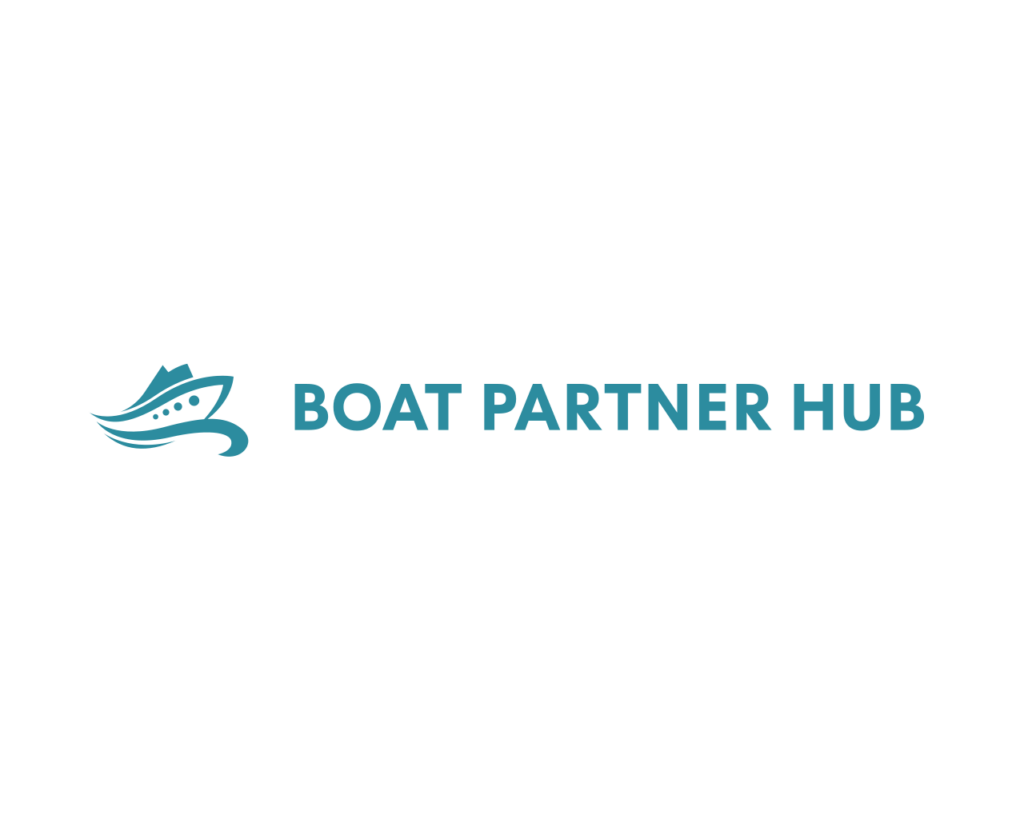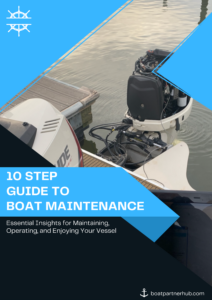Blog
Boat Helm: Your Captain's Control Center - Understanding and Maintaining this Essential Component

Steer with Confidence: Boat Helm Components, Maintenance, and Safety – A Comprehensive Guide
The boat helm, often referred to as the captain’s control center, is a critical component of any watercraft. It is the central area where the captain steers the boat, controls its speed, and manages various navigational instruments. Understanding the boat helm’s features and proper maintenance is essential for a safe and enjoyable boating experience. In this comprehensive guide, we will delve into the key aspects of the boat helm, its components, and the necessary maintenance practices to keep it in optimal working condition.
1. Understanding the Boat Helm: Components and Features
The boat helm is the centralized station located at the front of the boat’s cockpit or bridge, where the captain operates and navigates the vessel. It typically consists of the following key components:
Steering Wheel: The steering wheel allows the captain to turn the boat’s rudder, controlling the direction of the vessel.
Throttle and Shift Controls: These levers control the boat’s speed and allow the captain to shift gears, providing forward, neutral, and reverse functions.
Instrument Panel: The instrument panel displays essential information, such as engine RPM, speed, fuel level, and navigational data.
Navigation Equipment: Depending on the boat’s size and purpose, the helm may include navigational instruments like GPS, depth sounders, radar, and chartplotters.
Compass: A compass provides a traditional and reliable means of navigation, ensuring the boat’s heading is accurate.
Electronics and Displays: Modern boat helms may have electronic displays that integrate multiple functions, offering a user-friendly and technologically advanced experience.
2. Maintaining the Boat Helm: Tips for Longevity
Proper maintenance of the boat helm ensures smooth operation and extends its lifespan. Here are some essential tips to keep your boat helm in top condition:
Regular Cleaning: Dust, saltwater, and debris can accumulate on the helm components. Regularly clean the steering wheel, controls, and instrument panel with a soft cloth and mild soap solution. Avoid using harsh chemicals that may damage the surfaces.
Lubrication: Ensure that all moving parts, such as the steering wheel and throttle controls, are well-lubricated to prevent friction and ensure smooth operation.
Electronics Care: If your boat helm includes electronic displays, follow the manufacturer’s recommendations for cleaning and maintenance. Avoid excessive exposure to direct sunlight and moisture to protect sensitive electronic components.
Weather Protection: Invest in a quality helm cover or enclosure to protect the helm from sun, rain, and other environmental factors when the boat is not in use.
Inspecting Cables and Connections: Regularly check the cables and connections on the helm to ensure there are no signs of wear or corrosion. Replace any damaged parts promptly to avoid potential malfunctions.
Steering System Inspection: Periodically inspect the boat’s steering system and cables for proper tension and alignment. Adjust or replace components as needed to maintain precise steering control.
3. Safety Precautions at the Helm
Safety should always be a top priority when operating the boat helm. Follow these safety precautions:
Life Jacket: Always wear a life jacket while operating the boat, especially at the helm. It is an essential safety measure in case of unexpected accidents.
Stay Alert: Avoid distractions and remain focused on operating the boat and monitoring the surroundings.
Keep Passengers Informed: Inform passengers about safety procedures and instruct them to remain seated while the boat is in motion.
Adhere to Speed Limits: Respect speed limits and operate the boat at safe speeds, especially in crowded or restricted areas.
Know the Rules: Familiarize yourself with navigational rules and regulations to ensure responsible boating.
Conclusion
The boat helm serves as the heart of any watercraft, providing control and navigation for the captain. Understanding its components and features, along with proper maintenance, ensures a safe and enjoyable boating experience. By following the maintenance tips and adhering to safety precautions, you can be confident in your ability to steer your boat smoothly and securely through every adventure on the water.
FAQs (Frequently Asked Questions)
Q1: Can I upgrade the electronic displays on my boat helm?
A: Yes, many boat helms allow for electronic upgrades to the displays and navigation systems. Consult with a marine electronics specialist to find suitable options for your specific boat model.
Q2: What should I do if my boat’s steering feels stiff or unresponsive?
A: If you experience stiff or unresponsive steering, immediately stop operating the boat and inspect the steering system for any issues. Stiffness could indicate a problem with the cables, connections, or the steering mechanism itself. Have a professional marine mechanic inspect and resolve the issue before operating the boat again.


